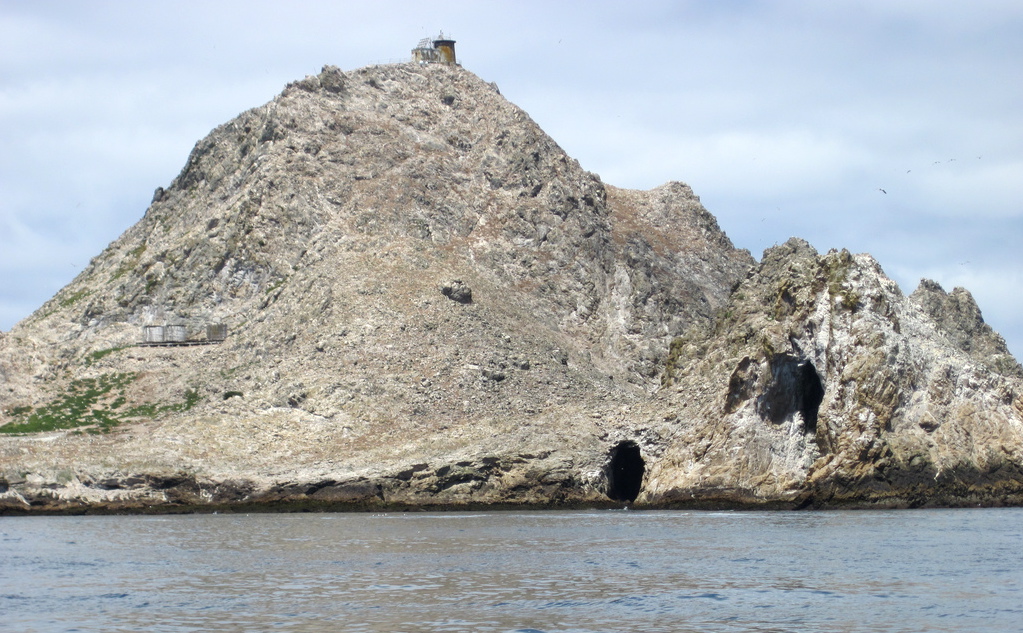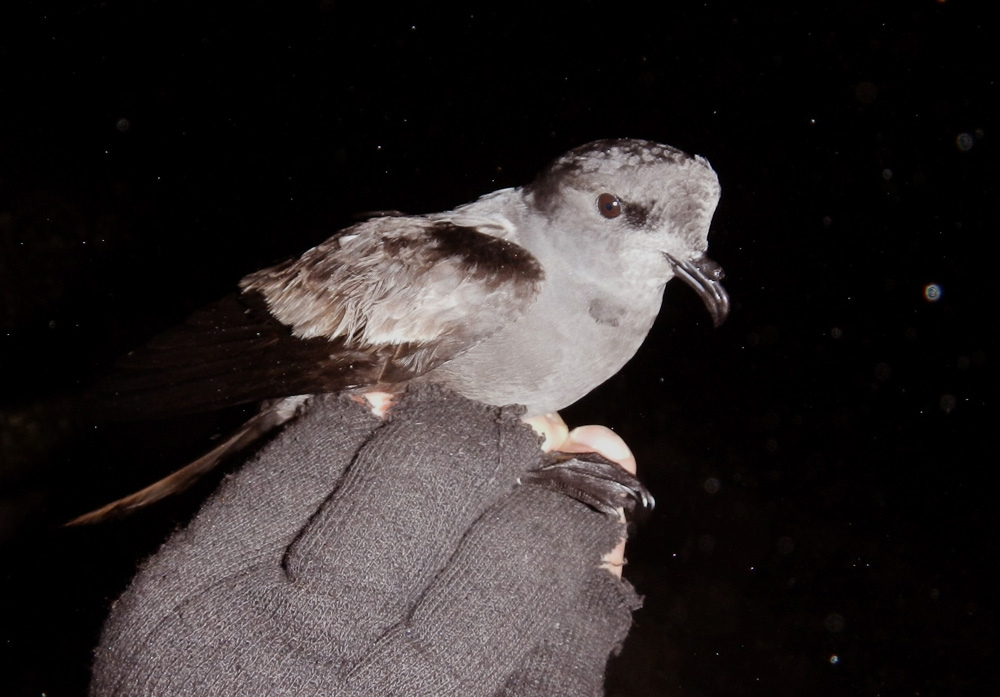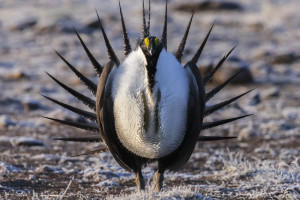After four years of consideration, the U.S. Fish and Wildlife Service (USFWS) announced earlier this month that the ashy storm-petrel—a seabird that breeds on 35 islands and rocky outcrops in the northeast Pacific—has been denied protection under the Endangered Species Act (ESA).
“It’s frustrating,” said Shaye Wolf, a biologist at the Center for Biological Diversity. “The ashy storm-petrel is a rare and unique California species that is often overlooked and hasn’t been given the management or conservation attention that it deserves.”
The USFWS denied the ashy storm-petrel protection under the ESA for the first time in 2009—a decision challenged by the Center for Biological Diversity. After reassessing the findings the USFWS defended its original outcome.
In a statement issued by the agency, the USFWS wrote that it found that despite a range of threats, the ashy storm-petrel is experiencing “natural population fluctuations” rather than long-term population decline. In addition, the USFWS said the bird’s historical range has remained the same, indicating that over time there has been no loss.
Wolf disagrees.
“I think that conclusion is problematic,” she said. “In my mind and based on the science, the ashy storm-petrel should be protected as it faces a multitude of threats and needs the safety net of the act.”

Sooty-brown and about the size of a swallow, the ashy storm-petrel is endemic to the California Current, nesting on offshore islands and rocks from Mendocino county to Ensenada, Mexico. Russell Bradley, a senior scientist at Point Blue Conservation Science, estimates that about half of the global population of ashy storm-petrels nests on the Southeast Farallon Island each summer.
While the Farallones are a sanctuary for migratory and nesting birds, an abundance of house mice has become a major threat to the ashy storm-petrel. Because there are so many mice, migratory burrowing owls, that would otherwise move on, have taken to overwintering on the island. But during the colder months the number of mice decreases and the burrowing owls, looking for a new food source, prey upon adult ashy storm-petrels.
“When you have predation, like we’re seeing in the Farallones, it has a really big impact on the bird population,” said Bradley. “These ashy storm-petrels are not very quick to reproduce or replace their population and additional stressors can cause a lot of problems.”
In 2011, the USFWS proposed dropping rodenticide on Southeast Farallon in a bid to remove the invasive mice, and is currently taking public comment on a newly released Environmental Impact Statement for the project. Eradicating the mice could encourage the burrowing owls to continue their migration rather than search for an alternative food source on the islands.
While Wolf said she finds it somewhat contradictory to deny the ashy storm-petrel protection under the ESA but then cite population decline as a justification for the mouse eradication, she also said the project could help the birds.
“Regardless of whether it’s disappointing that the ashy storm-petrel isn’t protected under the act, they will still very much benefit from the removal of house mice from the island,” she said.
The ashy storm petrel is listed as a species of special concern by the California Department of Fish and Wildlife. It is considered to be endangered by the International Union for Conservation of Nature.





-300x221.jpg)